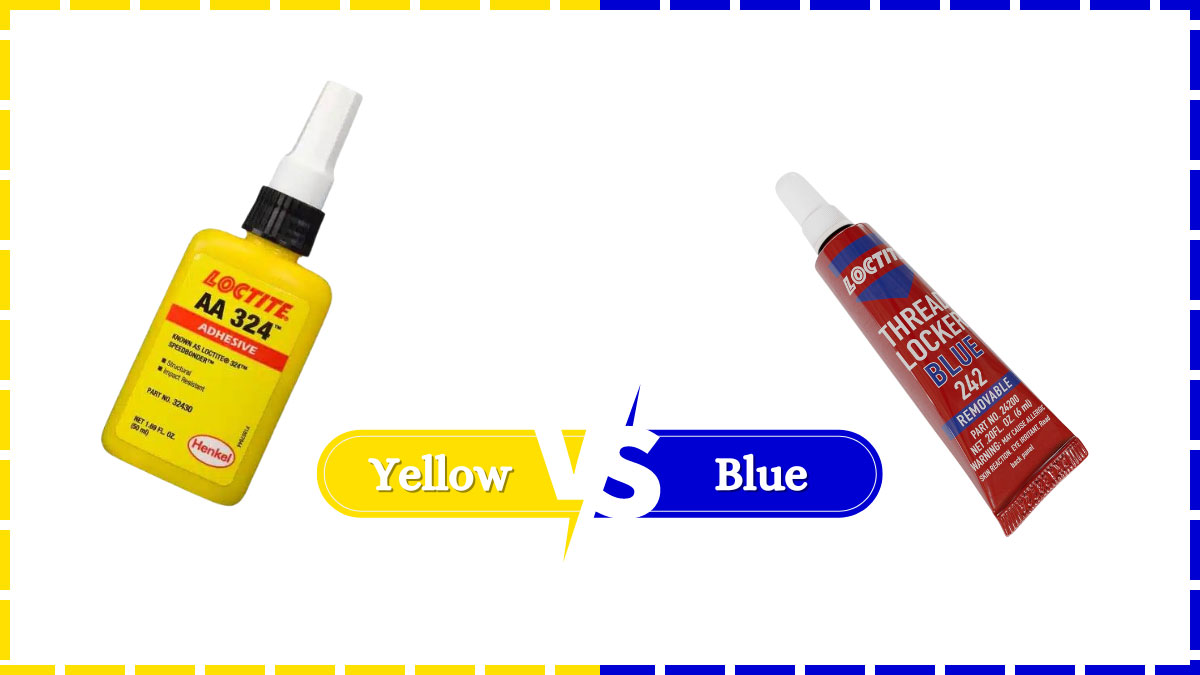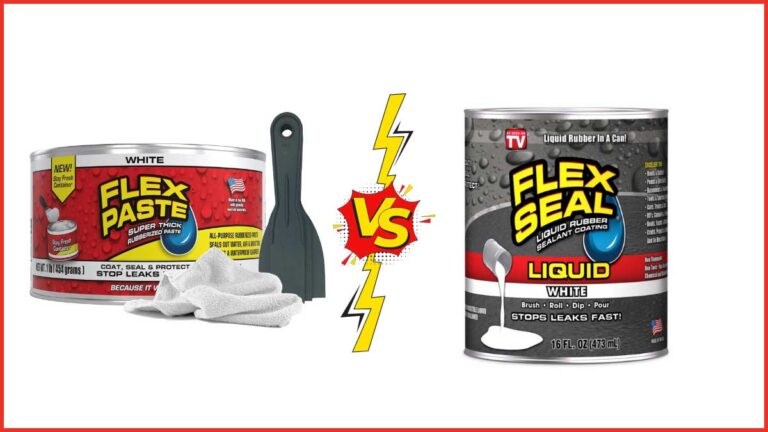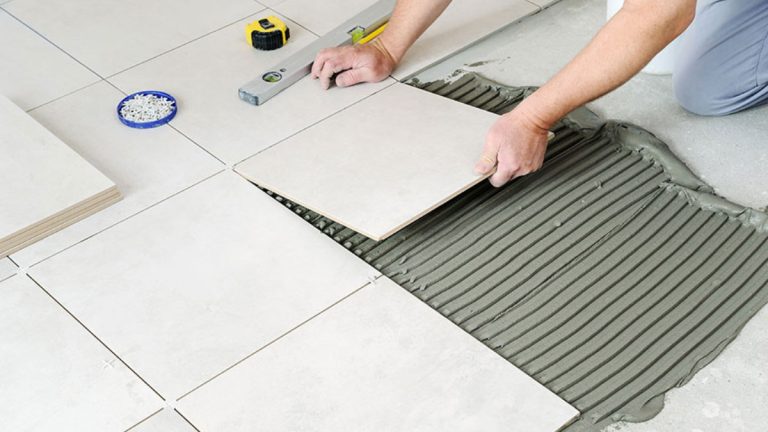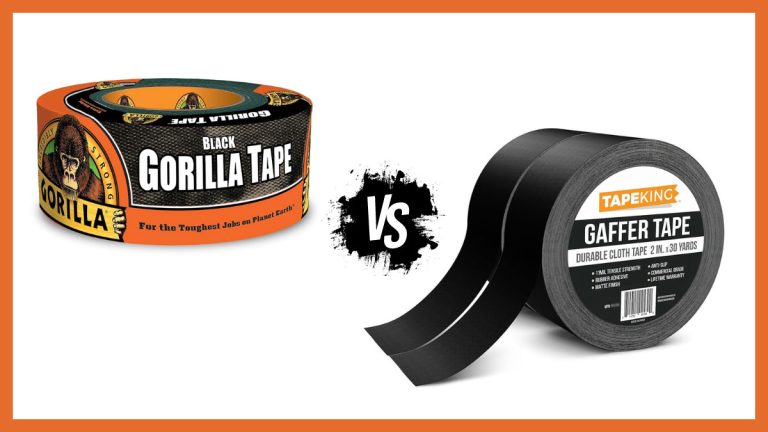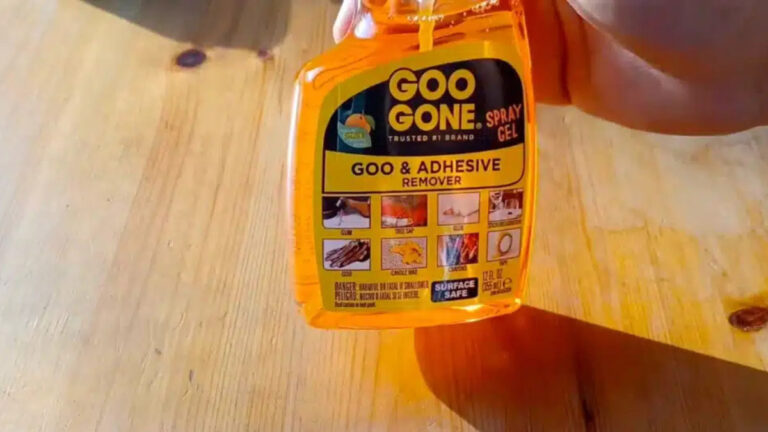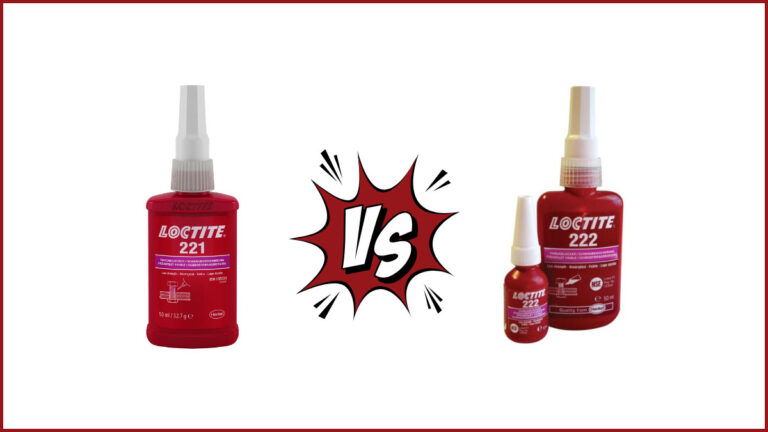Yellow Loctite vs Blue: Which Threadlocker is Right for You?
When you’re working on a project that involves securing bolts or screws, choosing the right thread locker can make all the difference. Yellow Loctite and Blue Loctite are two popular options, each with its own set of strengths. But how do you know which one is best for your needs?
Yellow Loctite is often favored for its high strength and resistance to vibrations, making it ideal for heavy-duty applications. On the other hand, Blue Loctite offers medium strength and is designed for parts that may need to be disassembled with standard hand tools. Understanding the key differences between these two can help you make an well-informed choice and ensure your project holds up over time.
Key Takeaways
- Yellow Loctite is not a standard product in Loctite’s range; understand the specific requirements before choosing a threadlocker.
- Blue Loctite provides medium strength and can be disassembled with standard hand tools, making it ideal for parts that may need regular adjustments.
- Blue Loctite is versatile, available in various forms such as liquid, semisolid, and tape, enhancing its application in diverse scenarios.
- Red Loctite offers high strength and is suitable for permanent assemblies that do not require frequent disassembly.
- Choosing the right threadlocker ensures the durability and reliability of your project by preventing fastener loosening due to vibrations and other factors.
Overview Of Threadlockers
Threadlockers play a crucial role in securing bolts and screws, used to prevent loosening caused by vibrations, temperature fluctuations, or general wear and tear. When selecting a threadlocker, knowing the types and their specific properties is essential.
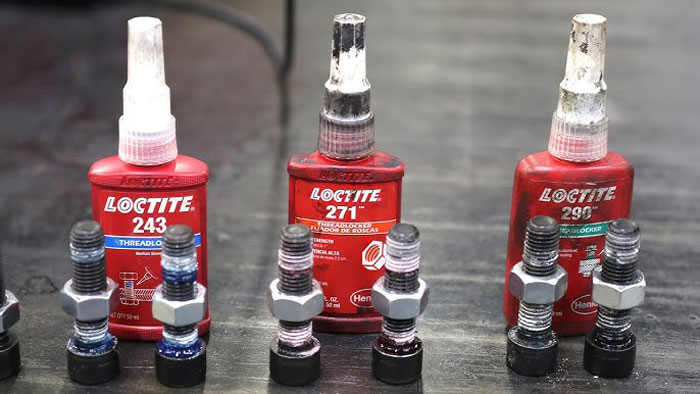
Key Threadlocker Types
Blue Loctite Threadlocker:
- Adhesion Strength: Medium strength, providing a balance between securement and removability.
- Removability: Can be disassembled with high torque or standard hand tools.
- Applications: Ideal for parts that need regular servicing, such as car components, motorized yard equipment, bicycles, and furniture.
- Examples: Loctite 242, Loctite 243, Loctite 248.
Red Loctite Threadlocker:
- Adhesion Strength: High strength, creating a permanent bond.
- Removability: Requires special heat and torque for disassembly.
- Applications: Suitable for heavy-duty assemblies where disassembly is infrequent or undesirable.
Green Loctite Threadlocker:
- Adhesion Strength: High strength with wicking properties, designed for preassembled fasteners.
- Removability: Permanent;
- Applications: Effective for securing bolts that are already in place.
Purple Loctite Threadlocker:
- Adhesion Strength: Low strength, easily removable.
- Removability: Can be disassembled with minimal torque.
- Applications: Best for light-duty applications or small fasteners requiring frequent adjustments.
Differences Between Yellow and Blue Loctite
Loctite does not have a standard “yellow” threadlocker. But, here are details about Blue Loctite which commonly creates confusion due to its numerous applications and mid-level strength:
- Color Identification: Blue Loctite typically features a stronger formulation allowing item dismantling with hand tools.
- Strength and Use Cases: While yellow Loctite products might not be standardized, it’s essential to identify the correct product based on your needs rather than color alone.
Practical Application Table
| Threadlocker Type | Color | Strength | Disassembly Requirement | Typical Uses |
|---|---|---|---|---|
| Blue | Blue | Medium | High torque or hand tools | Car parts, yard equipment, bicycles, furniture |
| Red | Red | High | Heat and special torque | Heavy-duty assemblies |
| Green | Green | High/Wicking | Permanent | Preassembled fasteners |
| Purple | Purple | Low | Minimal torque | Light-duty, small fasteners |
Action Point
Choosing the right threadlocker secures your project parts effectively. Assess your project requirements. If you need frequent adjustments, Blue Loctite is suitable. For permanent fixes, Red Loctite is your go-to. Understanding these differences enhances your decision-making for optimum project performance.
Understanding Yellow Loctite
When exploring threadlockers, it’s important to note that there is no standard “Yellow Loctite” in the Loctite product line. This absence warrants understanding the distinct features and applications of available threadlockers instead.
Key Features
- Adhesion Strength: Yellow Loctite is often misconceived to be a high-strength threadlocker. But, in the Loctite product range, high-strength threadlockers are designated by red and green colors.
- Misconception Clarification: Many users refer to industrial or non-Loctite brands as “Yellow Loctite” for high-strength threadlocker needs, which can cause confusion.
- Availability: Since Loctite does not standardize a yellow threadlocker, look for required properties in verified Loctite colors—red for high strength and blue for medium strength.
Common Applications
- High Vibration – For applications needing high vibration resistance, use Red Loctite. Such conditions include automotive and heavy industrial machinery.
- Preassembled Fasteners – Secure preassembled fasteners with Green Loctite, which offers high strength and works well for post-assembly applications.
- Disassembly Needs – When parts might require future disassembly, Blue Loctite is suitable as it provides reliable adhesion but allows removal with standard tools. This makes it ideal for electronics and household repairs.
- Frequent Disassembly – For non-critical fasteners frequently disassembled, Purple Loctite is the best choice, applying to light-duty applications like small electronics.
| Feature\Color | Red Loctite | Green Loctite | Blue Loctite | Purple Loctite |
|---|---|---|---|---|
| Strength | High | High | Medium | Low |
| Removal | Permanent | Permanent | Removable | Easily Removable |
| Applications | Heavy vibration, automotive | Preassembled fasteners | Electronics, household repairs | Small electronics, light-duty |
| Use | Anticipates no disassembly | For post-assembly | Disassembly possible | Frequent disassembly |
Understanding these features ensures you choose the appropriate Loctite product for your project’s specific needs. Analyze your requirements considering adhesion strength and potential need for disassembly.
Understanding Blue Loctite
When selecting the appropriate threadlocker for a project, understanding the characteristics of Blue Loctite can help you make an well-informed choice. Blue Loctite offers a balance between adhesion strength and removability, making it a versatile choice for various applications.
Key Features
Adhesion Strength
Blue Loctite provides medium adhesion strength, suitable for components requiring future disassembly. This makes it ideal for non-permanent assemblies.
Removability
You can remove Blue Loctite with common tools, although high torque is necessary. Applying special chemicals or heat can also help the removal process.
Cure Time
Blue Loctite cures within 24 hours. This duration provides ample time for adjustments while ensuring a strong bond after curing.
Forms
- Liquid: Easiest to apply in tight spaces.
- Semisolid: Offers controlled application, reducing mess.
- Tape: Ideal for precise application on specific threads.
Common Versions
- Loctite 242: Requires a separate primer.
- Loctite 243: Contains a mixed-in primer, simplifying use.
Common Applications
Motorized and Nonmotorized Parts
- Car Parts: Suitable for oil pans and water pumps.
- Motorized Yard Equipment: Effective for securing engines and moving parts.
- Bicycles: Ensures bolts remain tight even though vibrations.
- Furniture: Helps prevent screws from loosening during regular use.
Summary
Choosing Blue Loctite ensures medium strength and easy removability for parts needing occasional disassembly. Blue Loctite’s availability in various forms and common versions (Loctite 242 and Loctite 243) enhances its versatility. Use Blue Loctite for car parts, motorized equipment, bicycles, and furniture to maintain secure assemblies without sacrificing the ease of future maintenance.
Differences Between Yellow Loctite And Blue Loctite
Understanding the differences between Yellow Loctite and Blue Loctite is crucial for choosing the correct threadlocker. While Yellow Loctite isn’t a standard product in the Loctite line, Blue Loctite is well-defined with specific applications and characteristics.
Strength And Removal
- Blue Loctite:
- Strength: Medium-strength threadlocker.
- Removal: Disassembled with standard hand tools using high torque. Special chemicals and heat can assist in removal.
- Applications: Suitable for components where disassembly is expected, like motorized yard equipment, bicycles, and furniture.
- Yellow Loctite:
- Strength: Not defined by the Loctite brand. Often mistaken for non-Loctite products of varying strengths.
- Removal: Unknown, depends on the specific non-Loctite product used.
Fixture And Cure Time
- Blue Loctite:
- Fixture Time: A few minutes.
- Cure Time: Fully cures in 24 hours.
- Preparation: Surfaces must be clean and free from oil or dirt before application.
- Yellow Loctite:
- Fixture Time: Variable, depending on the non-Loctite product.
- Cure Time: Variable, check the specific product’s guidelines.
- Preparation: Similar preparation as Blue Loctite, ensuring clean surfaces.
Availability
- Blue Loctite:
- Common Versions: Includes Loctite 242, Loctite 243, and Loctite 248.
- Forms: Available in liquid, semisolid, and tape forms.
- Purchase Locations: Widely available in hardware stores and online.
- Yellow Loctite:
- Common Versions: No standard version in Loctite’s product line.
- Forms: N/A as it’s not an official Loctite product.
- Purchase Locations: Non-Loctite yellow threadlockers may be found under different brands with varying strengths and forms.
- Threadlocker: A liquid or semisolid adhesive applied to fasteners to prevent loosening.
- Torque: The force applied to turn an object, typically a screw or bolt.
- Cure Time: The period required for the adhesive to reach its full strength.
You can ensure optimal performance by choosing the appropriate threadlocker based on the required strength and removal ease. Blue Loctite offers reliable medium strength and easy removal, making it versatile for various projects.
| Feature | Blue Loctite | Yellow Loctite |
|---|---|---|
| Strength | Medium | Variable (Non-Loctite) |
| Removal | Hand tools, high torque | Unknown, product-specific |
| Fixture Time | A few minutes | Variable |
| Cure Time | 24 hours | Variable |
| Common Versions | 242, 243, 248 | None (Non-Loctite) |
| Forms Available | Liquid, semisolid, tape | None (Non-Loctite) |
Assess your project needs thoroughly to select the most effective threadlocker for secure and reliable performance.
Choosing The Right Threadlocker
Selecting the appropriate threadlocker ensures the durability and reliability of fastened components. When comparing Blue Loctite with other options, specific factors and best practices help make informed choices.
Factors To Consider
Strength Requirements: Decide on the necessary adhesion strength. Blue Loctite offers medium strength, ideal for applications needing regular disassembly, like automotive parts or machinery.
Environmental Conditions: Assess where the threadlocker will be used. Blue Loctite performs well under moderate temperatures and exposure to oil or mild chemicals.
Disassembly Needs: If you expect to disassemble parts frequently, Blue Loctite allows removal with standard tools, unlike Red Loctite which requires heat or special chemicals.
Fixture and Cure Time: Evaluate the time needed until the threadlocker reaches full strength. Blue Loctite typically takes 10-20 minutes to fixture and 24 hours to cure fully.
Best Practices For Application
Surface Preparation:
- Clean and dry the surface to ensure optimal adhesion.
- Remove oils, dirt, and debris using a solvent like acetone.
Application:
- Apply Blue Loctite directly to the threads, ensuring even coverage.
- Avoid excess, which can lead to adhesive spillage and mess.
Assembly:
- Tighten fasteners to the required torque specifications.
- Let the threadlocker set for about 10-20 minutes before handling the parts.
Curing:
- Allow 24 hours for the threadlocker to cure completely.
- If accelerated curing is necessary, consider using a heat source, though only if not specified otherwise.
| Feature | Blue Loctite | Non-Standard Yellow Loctite |
|---|---|---|
| Adhesion Strength | Medium | Undefined (depends on non-Loctite product) |
| Disassembly Method | Standard tools | Variable |
| Fixture Time | 10-20 minutes | Undefined |
| Full Cure Time | 24 hours | Undefined |
| Temperature Resistance | Moderate | Undefined |
| Oil and Mild Chemical Exposure | Resilient | Undefined |
| Common Versions | Loctite 242, 243, 248 | Undefined |
Adhering to these guidelines ensures reliable fastening and future maintenance ease. Select Blue Loctite when medium strength and removability are priorities.
Conclusion
Choosing the right threadlocker is essential for ensuring the durability and reliability of your projects. Blue Loctite stands out for its medium strength and ease of removability, making it a versatile choice for many applications. Although often confused with non-Loctite products, Yellow Loctite doesn’t offer the same defined characteristics. By understanding the strengths and limitations of each type, you can make informed decisions that match your specific needs. Always consider the environmental conditions and disassembly requirements to select the most effective threadlocker for optimal performance.
Frequently Asked Questions
What is Yellow Loctite used for?
Yellow Loctite is technically not part of the official Loctite product line. The color is often mistakenly associated with high-strength, heavy-duty non-Loctite brands. For actual high-strength needs, Red Loctite or Green Loctite are recommended.
What is the difference between Blue Loctite and Yellow Loctite?
Blue Loctite provides medium strength and allows for disassembly with standard hand tools. Yellow Loctite, often a non-Loctite product, is frequently used for high-strength needs but lacks formal characteristics compared to Blue Loctite, which has a defined medium strength and removal method.
Which Loctite glue is the strongest?
Red Loctite is the strongest, designed for heavy-duty applications where permanent adhesion is required. It offers the highest resistance to vibration, shock, and torque.
Which Loctite is least permanent?
Blue Loctite is least permanent, offering medium strength and allowing for disassembly with standard hand tools. Purple Loctite also provides light-duty, easily removable adhesion.
Can you disassemble parts with Blue Loctite?
Yes, Blue Loctite is specifically designed for medium strength and allows parts to be disassembled with standard hand tools, making it ideal for applications requiring future maintenance.
What are the common uses for Blue Loctite?
Common uses for Blue Loctite include securing car parts, motorized yard equipment, bicycles, and furniture. Its medium strength and removability make it versatile for various applications.
What is the difference between Loctite 242 and Loctite 243?
Both Loctite 242 and 243 are medium-strength threadlockers. Loctite 243 offers higher oil tolerance and less shear strength compared to Loctite 242, making it more versatile in oily conditions.
What is the weakest Loctite?
Purple Loctite is the weakest, ideal for light-duty applications involving smaller fasteners, typically less than 6mm, and allowing for easy disassembly without damage to the parts.

